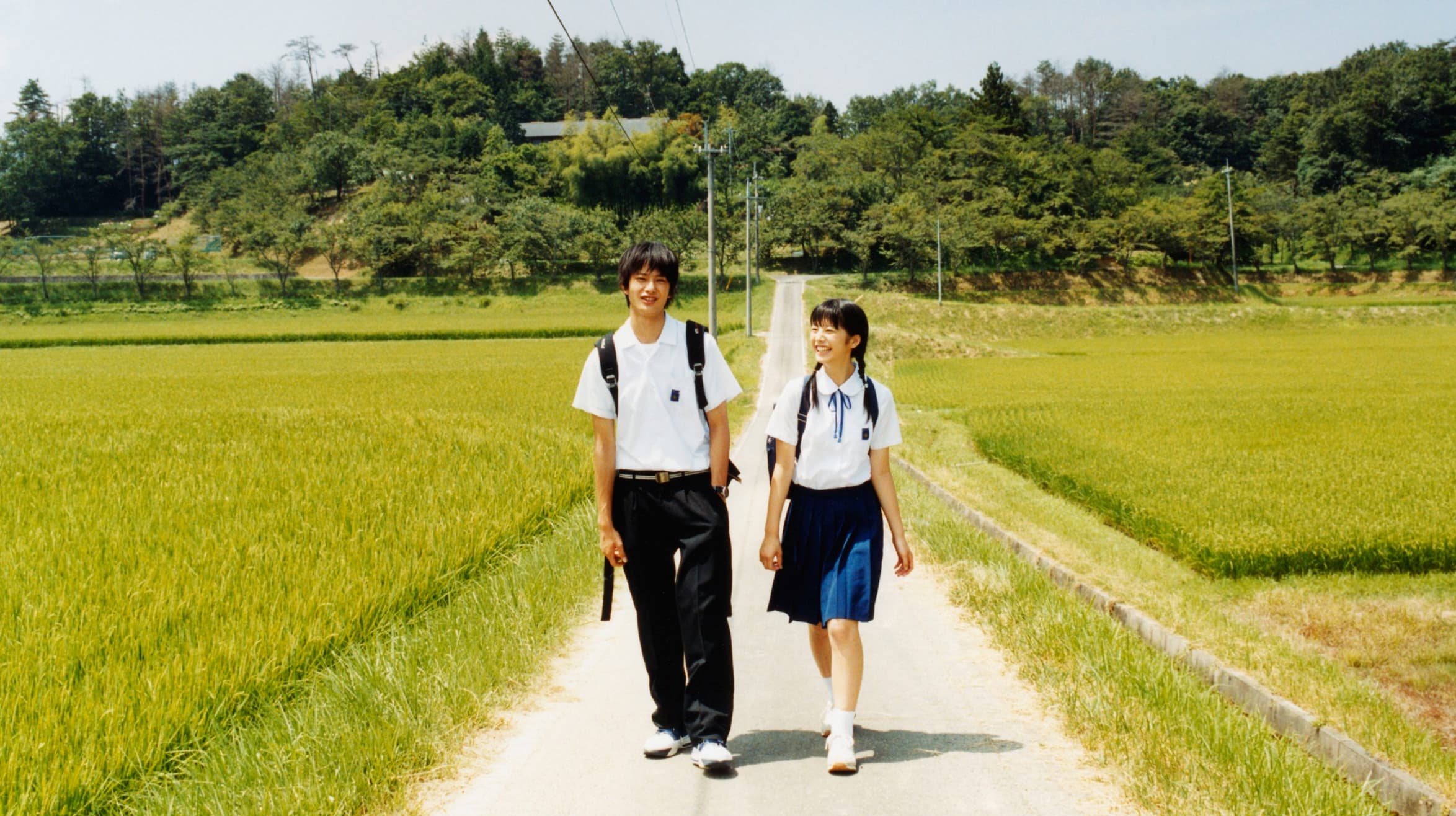
Film Review: A Gentle Breeze in the Village
A Gentle Breeze in the Village is a slow-paced film that seems characteristic of director Nobuhiro Yamashita’s style (so far, I’ve seen Linda Linda Linda, Over the Fence, The Drudgery Train, and Ramblers). It portrays rural Japanese life from the perspective of an eighth-grade girl named Soyo. I believe the film’s intention is to highlight the virtues of traditional lifestyles most of us have forgotten, and it achieves this convincingly.
The school, spanning first to eighth grades, has only eight students, all sharing the same classroom. Older students are expected to care for younger ones as if they were siblings. The boy named Hiromi, introduced at the film’s outset, is a transfer student from Tokyo who embodies our urban gaze. It’s the first time Soyo has a classmate of her own grade. Initially excited, she quickly grows put off by his urban aloofness.
The film left me pondering the unintended consequences of abundant choice. Soyo had no viable boyfriend option until Hiromi appeared. The lack of choice is mutual, though Hiromi could return to Tokyo for high school, where he would have plenty of options.
As urban viewers, we naturally identify with Hiromi. Observing rural life, we begin to sense a mysterious allure. Although it’s difficult to articulate exactly what it is, Hiromi’s eventual choice to stay in the rural village for high school feels convincing, an achievement central to the film.
So, what exactly is this allure?
The film contrasts starkly with today’s online dating world. The two main characters have no choice but each other. Urban singles today face seemingly endless choices. Whether realistic or not, they remain technically options.
When there weren’t many camera models available, we didn’t spend much time analyzing their differences; we focused instead on mastering the cameras we had. Many camera enthusiasts today enjoy studying camera differences more than creating beautiful images. These are fundamentally different pursuits.
Increasingly, we spend our energy evaluating differences, whether cameras, music, films, travel destinations, restaurants, friends, or romantic partners. Born into a world of abundance, this approach is second nature, so ingrained we rarely consider alternative ways of thinking. When engaging in any activity, we instinctively begin by scanning and filtering.
Applied to human relationships, this habit leads to loneliness, reducing relationships to lists of differences comparable to product feature tables. The relationship becomes analogous to choosing cameras rather than photography itself. Despite endless choices, if you commit to mastering one camera, you develop a unique relationship with its flaws and defects, allowing you to develop images reflecting your individuality. Selecting a camera solely based on measurable superiority results in images indistinguishable from others using the same model. You express your uniqueness not through what the camera has, but through what it lacks.
Human relationships follow the same principle. Having numerous options might enable you to find the easiest roommates or the most convenient companions, but this lack of friction leads only to blissful unawareness of who you truly are. To embrace flaws, whether in photography or relationships, you don’t need abundant choices; rather, your focus must shift from differences to depth. Rural life, in this respect, has much to teach us.
Subscribe
I will email you when I post a new article.


